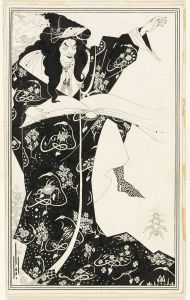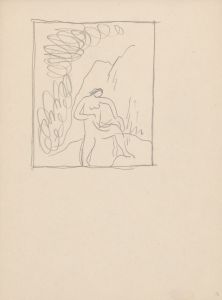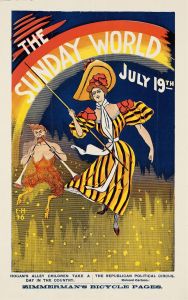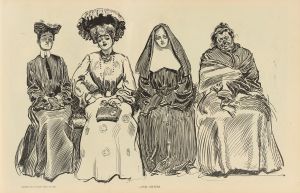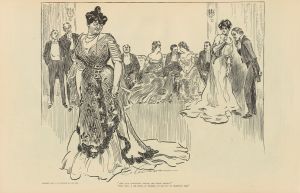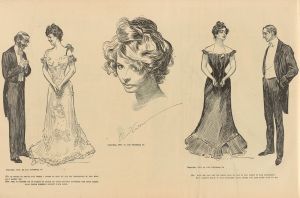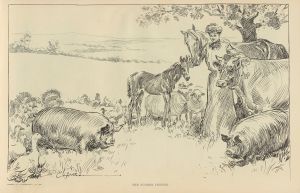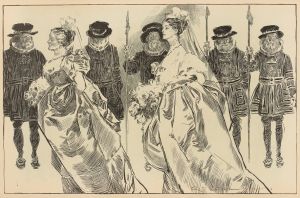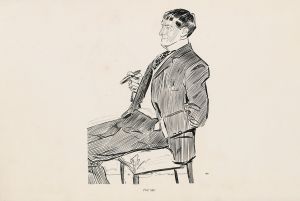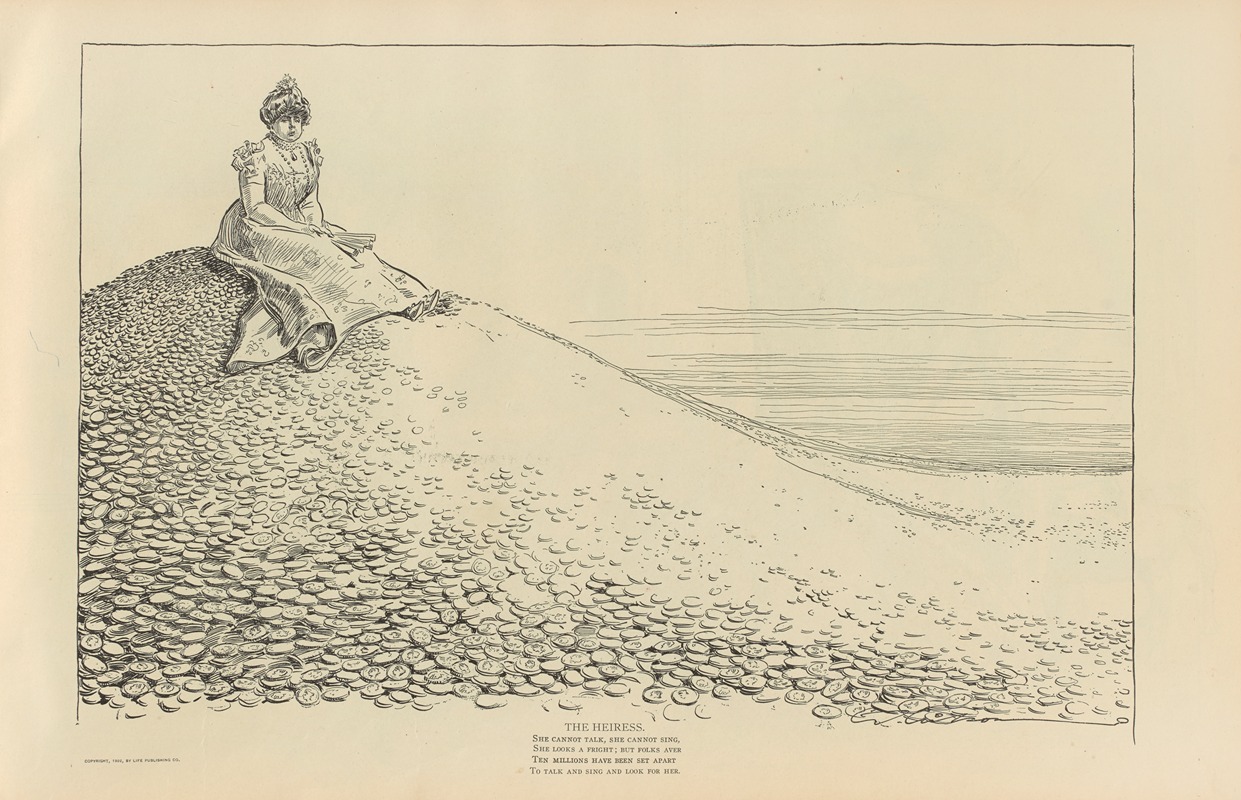
The Heiress
A hand-painted replica of Charles Dana Gibson’s masterpiece The Heiress, meticulously crafted by professional artists to capture the true essence of the original. Each piece is created with museum-quality canvas and rare mineral pigments, carefully painted by experienced artists with delicate brushstrokes and rich, layered colors to perfectly recreate the texture of the original artwork. Unlike machine-printed reproductions, this hand-painted version brings the painting to life, infused with the artist’s emotions and skill in every stroke. Whether for personal collection or home decoration, it instantly elevates the artistic atmosphere of any space.
Charles Dana Gibson was an influential American illustrator, best known for his creation of the "Gibson Girl," a representation of the idealized American woman at the turn of the 20th century. Among his many works, "The Heiress" is one of the notable illustrations that exemplifies his style and thematic focus.
"The Heiress" by Charles Dana Gibson is an illustration that captures the essence of the social dynamics and cultural ideals of the late 19th and early 20th centuries. Gibson's work often depicted the social elite and the nuances of their interactions, and "The Heiress" is no exception. The illustration typically features a young woman, elegantly dressed, embodying the grace and poise associated with the upper class of the time. The Gibson Girl, as seen in "The Heiress," is characterized by her confident demeanor, fashionable attire, and a sense of independence, which was a relatively modern concept for women during that era.
Gibson's illustrations were widely published in popular magazines such as Life, Harper's Weekly, and Scribner's, reaching a broad audience and influencing public perceptions of beauty and femininity. "The Heiress" would have been part of this cultural phenomenon, contributing to the image of the Gibson Girl as a symbol of the new woman—educated, independent, and socially active.
The context of "The Heiress" is rooted in the societal changes of the time, including the rise of the women's suffrage movement and shifts in gender roles. While the illustration itself does not explicitly address these themes, the portrayal of a self-assured and stylish woman reflects the evolving status of women in society. The Gibson Girl was both a product of and a contributor to these changes, representing a blend of traditional femininity and modern independence.
Gibson's technique in "The Heiress," as in his other works, is marked by precise line work and attention to detail. His ability to convey personality and emotion through simple yet effective lines is a testament to his skill as an illustrator. The composition of "The Heiress" often includes subtle social commentary, with the subject's expression and posture offering insights into her character and the world she inhabits.
While specific details about the creation and publication of "The Heiress" are not extensively documented, it remains an important part of Gibson's oeuvre. The illustration continues to be appreciated for its artistic merit and its role in shaping early 20th-century American culture.
In summary, "The Heiress" by Charles Dana Gibson is a significant work that exemplifies the artist's contribution to American illustration and cultural history. Through his depiction of the Gibson Girl, Gibson captured the complexities of a changing society and left a lasting impact on the visual representation of women.






